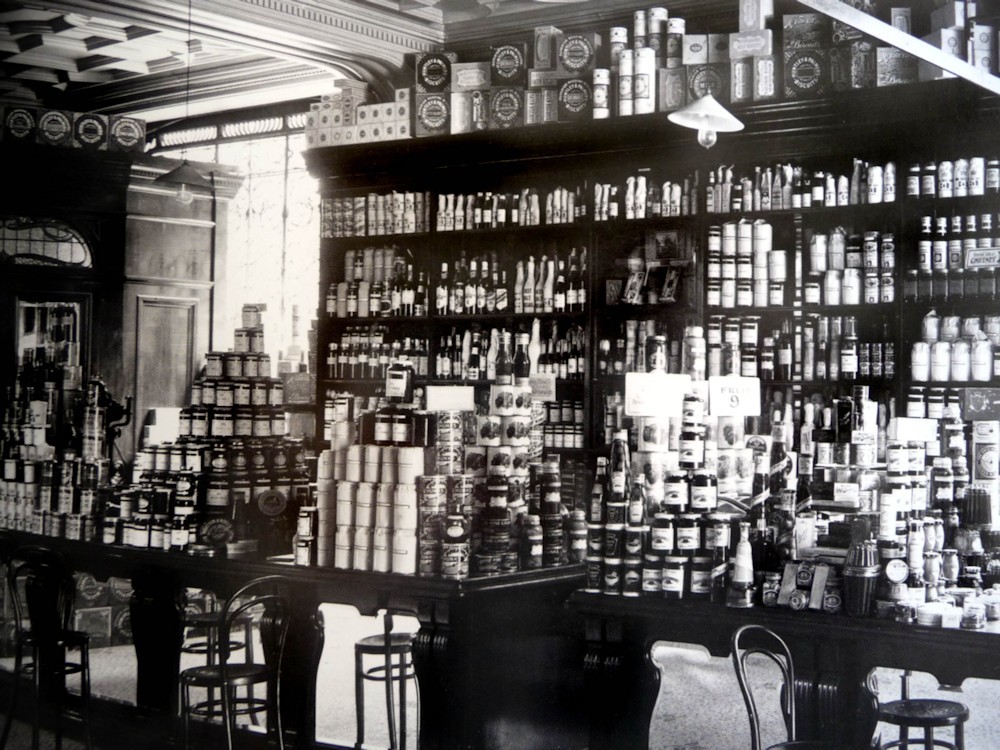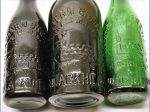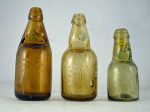Bottle story
Not an area that most people think of when the subject of antiques comes up. It is a surprising one once you get hooked. I was aged 16 when I started to dig on a Victorian rubbish dump at the site of the old Crayford Brickworks. Most people think digging on a rubbish dump must be like scavenging on a dump in India but the Victorian sites have long composted and in any case are more likely to consist of compacted brick dust and ash than anything that is a health risk. Mind you, everything from elephant skeletons to bottles filled with dried poison might turn up on them. The majority of items that interest collectors are the ’empties’ from a typical 18th, 19th or early Edwardian shop. This might be a perfume bottle, a pot lid, clay pipes or shop display figures. It might be a sealed wine bottle or a quack medicine, a curiously patented poison or an enamel advertising sign.
After I left London in 2000 – a sojourn that lasted ten years – I new that I wanted to write. I had a number of projects including art and a children’s novel but when I wrote to the leading magazine on packaging collectables, attached to an auction house BBR in Elsecar near Sheffield, about the possibility of writing about the subject I didn’t expect to become their Editor and able to call myself a professional writer. It was thanks to the proprietor Alan Blakeman, a man so full of optimism its almost impossible to be down hearted around him. I now help compile a 52 page quarterly colour magazine for them four times a year (kept on my toes by Alan’s second in command (well he thinks he runs it anyway) Clare Bell. I’ve have written two fat books for their publishing side with two more in preparation and am now quite the expert especially in poison bottles, inks and inkwells, the Victorian design Registry and perfumes. There is even an art inspiration angle: when you look at my latest sculptures you might note I’ve been learning lessons from the finds…















